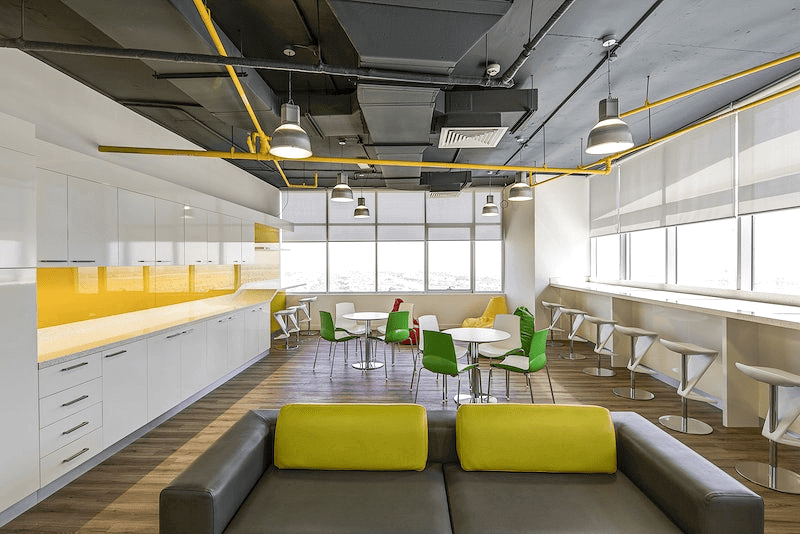
Every company must critically evaluate the standards they are adhering to. Are we contributing to the well-being of the planet? Are we using the best materials for the health of the employees? The standards a company sets are the foundation of the company values. At LVN, we place a large emphasis on upholding the standards of the industry and are very aware of the effects our work can have on the planet and a company's employees if they are not met. Our commitment is a reflection of our morals and the example we want to set as a company. We take the design process very seriously and ensure that we are adhering to the industry standards each step of the way.

According to the World Green Building Council, buildings are responsible for approximately 39% of global carbon emissions. With this in mind, generating more ecological projects has become the forefront goal of designing. Each project starts with a conversation on the global standards that should be met while constructing a project. There are four main standards we look at: LEED, Fitwel, UL Greenguard, and Well Standards.
The LEED standards represent the global benchmark that should be integrated into each project. LEED provides a “framework for healthy, efficient, carbon, and cost-saving green buildings, and is a globally recognized symbol of sustainability achievement.” Attaining LEED certification is an effective way to show the value of the building and improve the environmental performance of a space. LEED looks at building infrastructure holistically to create reduced carbon emissions, a healthy ecosystem, and enhanced quality of life.
The UL Greenguard standard focuses on the quality of materials being used during the design process. To become certified, a company must ensure that its materials are safe and have low chemical emissions. Indoor environments can hold two to a thousand times as many airborne chemicals, also known as volatile organic compounds (VOCs), than an outdoor environment, so it is essential to ensure the lowest possible level of VOCs is produced when designing these spaces. The UL Greenguard has testing methods and emission limits for various product groups and getting certified can have a significant impact on employee’s daily health and significantly raises the standards of the company.
The Fitwel Standard is a certification system that looks at a variety of categories to ensure that a space is a healthy interior space. It focuses on access to healthy food, opportunities for physical activity, air quality, safety, and more. Fitwel standards prioritize the well-being of employees and serve as a symbol that the company promotes a healthy work environment.
The Well Standards takes a holistic approach to the effects that an interior environment has on the well-being of the people. It monitors the effects of an already built environment “through air, water, nourishment, light, fitness, comfort and mind.” This standard ensures that an environment is built to uplift the community and improve health through positive choices and a healthy environment.

“If all architecture and interior design companies put more attention into generating cleaner projects, we can create a huge impact as an industry. Each step towards a cleaner environment and industry helps.” – Albert Levin
by Albert Levin

Articles used:
https://interiorarchitects.com/standards-vs-guidelines-the-benefits-of-establishing-process/
https://www.usgbc.org/leed
https://www.ul.com/services/ul-greenguard-certification
https://ongreening.com/well-rating-system-5-minute-guide/#:~:text=The%20WELL%20Building%20Standard%20(WELL,%2C%20fitness%2C%20comfort%20and%20mind.
https://www.fitwel.org/









